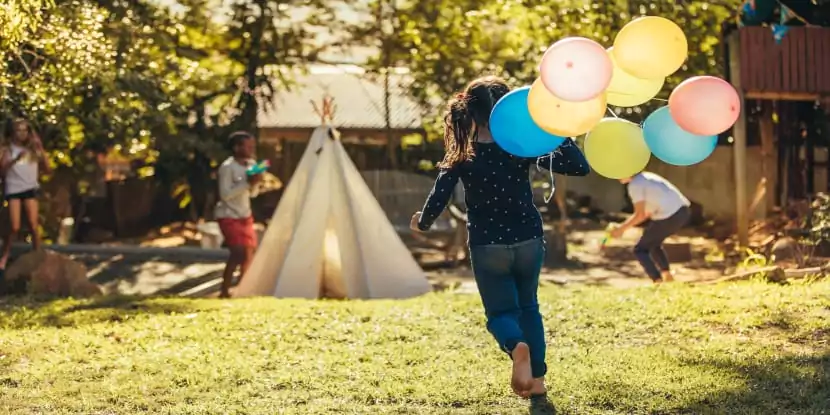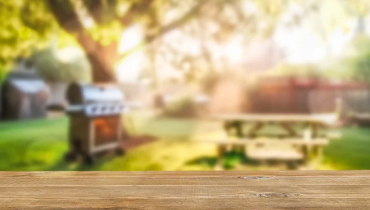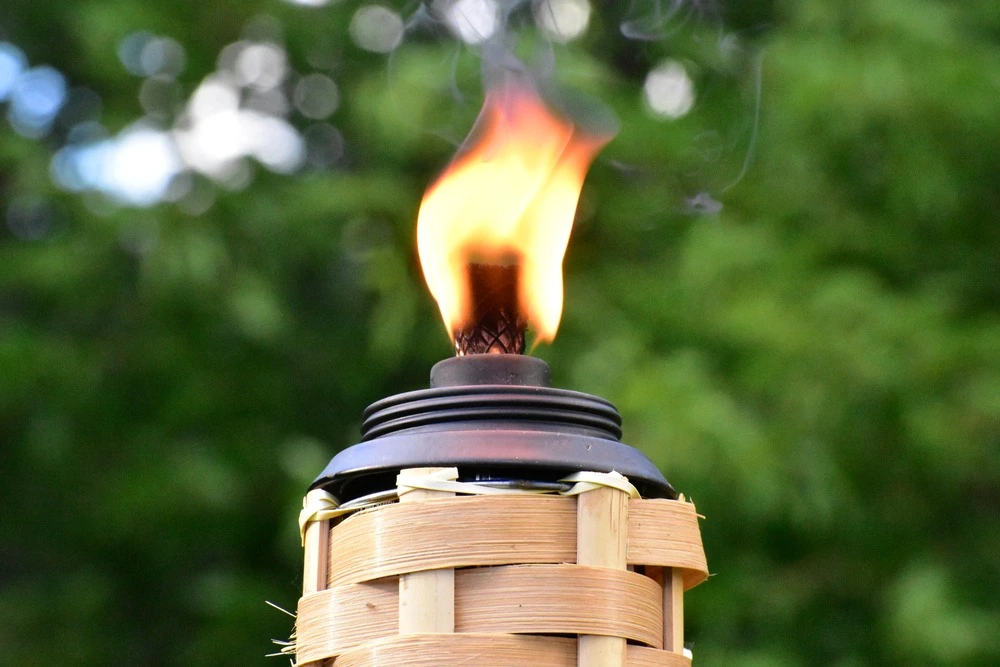While ticks feast on humans and animals, nature has its own set of predators to keep them in check. Let’s take a look at what eats ticks and how they help control tick populations naturally. P lus, learn how Mosquito Joe can help control these pests in your yard with yard treatment for ticks.
Learn moreMosquito Joe® Blog
Shared Resources for Your Pest Control Needs

EPA PESP Gold Member Status: A Milestone in Environmental Stewardship
We’re thrilled to announce that Mosquito Joe has achieved Gold Status within this program, a prestigious recognition reserved for “outstanding environmental stewards.
All Blogs
Spending time outdoors can be a great experience, but mosquitoes can quickly spoil the fun.
Learn moreYesterday morning in Virginia Beach we woke up to frigid temperatures and a lot of snow and ice. I then looked at the forecast and saw we’re still
Learn moreOutdoor weddings can be beautiful, intimate, and personal—so long as all of the guests were actually invited.
Learn moreInterested in the idea of using tiki torches to repel mosquitoes? They provide both light and ambiance to outdoor spaces, so if they can also serve as a mosquito repellent, that seems like the ideal! But do tiki torches repel mosquitoes? The answer isn’t simple.
Learn moreBlog Category
About Mosquito Joe®





.webp)
